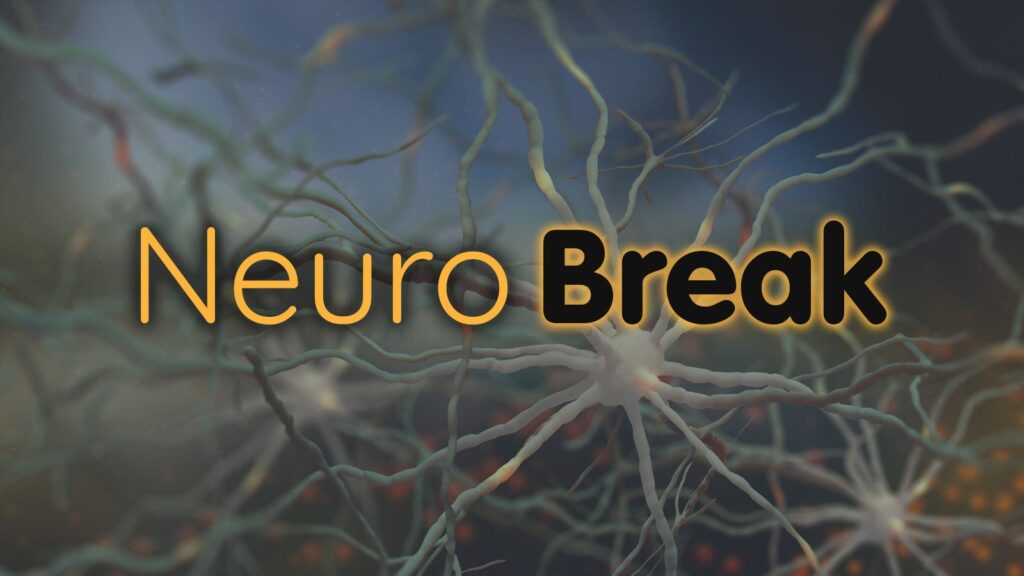A modeling study suggested a more cautious clinical approach to withdrawing life-sustaining treatment in some patients with severe traumatic brain injury. (Journal of Neurotrauma)
Neuron published a special issue devoted to the theory and neurobiology of consciousness.
Upward socioeconomic transitions were tied to an increase in dementia-free years, a Japanese study showed. (JAMA Network Open)
Non-invasive spinal cord electrical stimulation improved arm and hand function in chronic tetraplegia. (Nature Medicine)
Guidelines reviewed major congenital malformations, adverse perinatal outcomes, and neurodevelopmental outcomes after in utero exposure to antiseizure medication. (Neurology)
An adeno-associated virus capsid that binds human transferrin receptor may be a potential vector for central nervous system gene therapy, a mouse study suggested. (Science)
A staged approach to bilateral focused ultrasound subthalamotomy showed promise in Parkinson’s disease. (JAMA Neurology)
White and Hispanic people were most likely to be diagnosed with behavioral symptoms of dementia, retrospective data showed. (Journal of Alzheimer’s Disease)
Self-reported fatigue in relapsing-remitting multiple sclerosis patients remained stable or increased over time after starting disease-modifying therapies. (Journal of Neurology, Neurosurgery, and Psychiatry)
Eisai and Biogen started a rolling submission of a biologics license application to the FDA for weekly maintenance dosing of subcutaneous lecanemab (Leqembi) in early Alzheimer’s disease.
Residents of poorer neighborhoods had a dose-dependent increase in stroke recurrence. (Neurology)
CNN Chief Medical Correspondent Sanjay Gupta, MD, investigated his Alzheimer’s risk.
Why have human brains shrunk over time? (BBC)
-
Judy George covers neurology and neuroscience news for MedPage Today, writing about brain aging, Alzheimer’s, dementia, MS, rare diseases, epilepsy, autism, headache, stroke, Parkinson’s, ALS, concussion, CTE, sleep, pain, and more. Follow
Please enable JavaScript to view the

